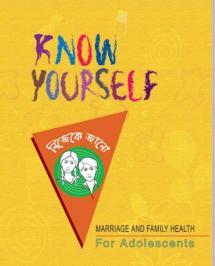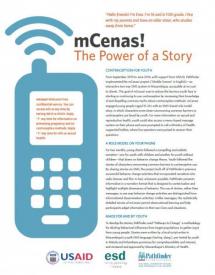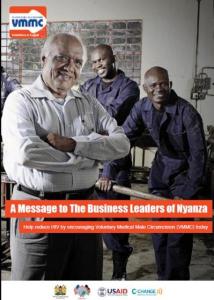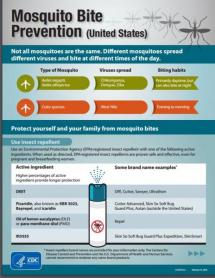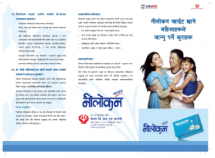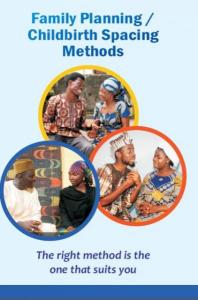Marriage and Family Health
The “Know Yourself” Adolescent Reproductive Health (ARH) Communication Program was developed in order to promote awareness and address adolescent issues and problems. The purpose of the materials is to disseminate information, create motivation and teach life skills to deal with adolescent issues and to foster an enabling environment that promotes knowledge and service-seeking.
Four Q & A booklets were developed based on questions from adolescents.
The health topics covered are: puberty, sexual attraction, HIV/AIDS and STIs, and preparation for marriage.
Source: Johns Hopkins University Center for Communication Programs
Date of Publication: March 25, 2019
SIMILIAR RESOURCES
Tools
Examples
- Lever les Tabous: La sexualité et les approches promouvant l’égalité des genres pour mettre fin aux unions et aux mariages d’enfants, précoces et forcés
- Prioritizing and Targeting SBC Investments for Youth
- Using Data to Design an Evidence-based Social and Behavior Change Program in Rural Nepal
- What to Know About Kawasaki Disease, the Pediatric Inflammatory Condition Possibly Linked to COVID-19
- Accelerator Behaviors
- The Behavior Change Framework
- Birth Spacing and Family Welfare Sermons
- Toolkit for Transition of Care and Other Services for Adolescents Living with HIV
- Improving the Uptake and Adherence of Iron Folic Acid Supplements among Pregnant and Lactating Women
- The (re)solve Project

